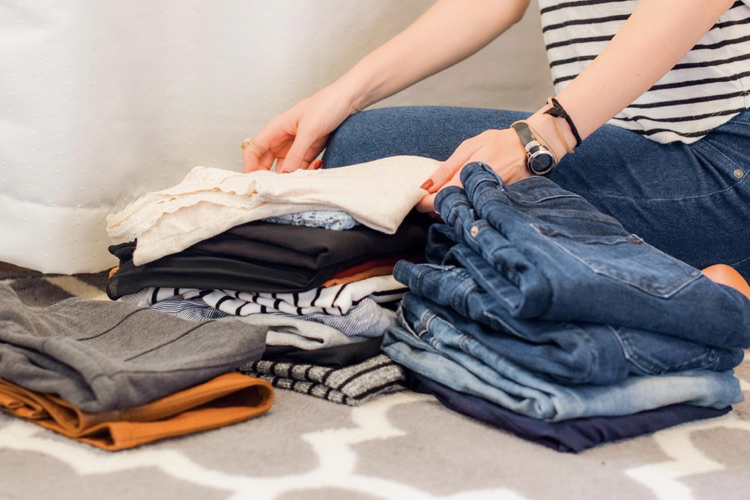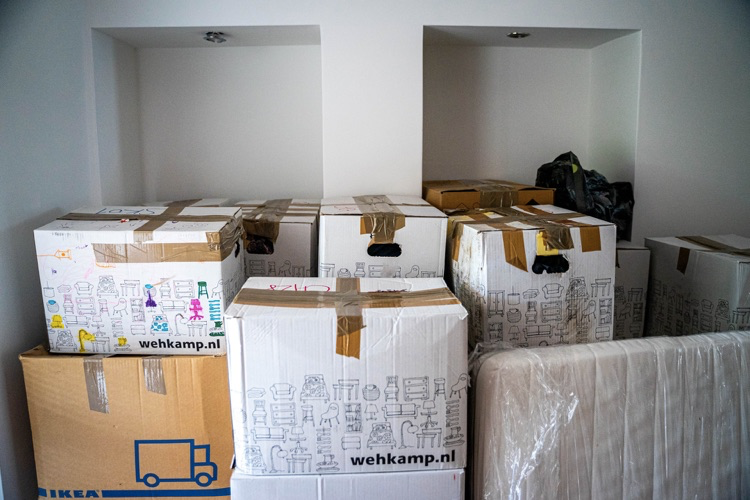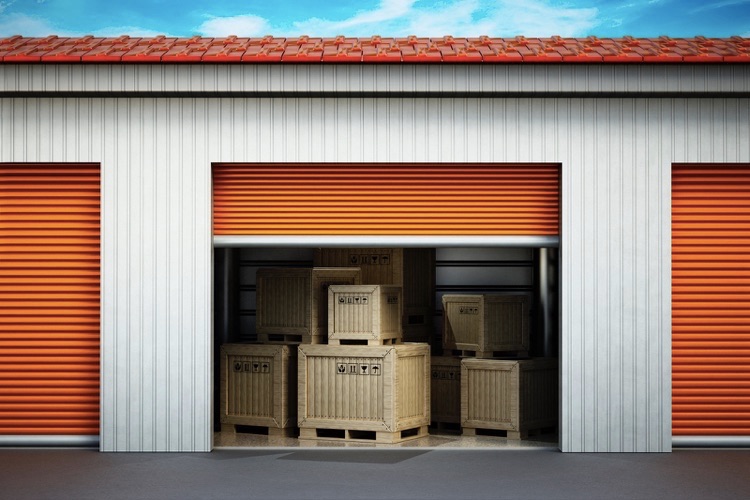The best tape for packing boxes
Choosing the wrong kind of tape for your move could result in calamity. It’s as important as strong boxes and packing materials are to any relocation. Tape failure during transport, storage, or packing may result in significant aggravation, costly breakage, lost time and money, compromised storage, and even bodily harm if a box or plastic container suddenly spills open at
If you’re making your first move, it’s tempting to go to your local superstore, grab a few rolls of whatever you can find with a serrated “gun” cutter attached, and call it good. Rather buy your tape from a moving company or storage facility, as they’ll sell strong, industrial-strength tape.
Shipping tape vs packing tape
Packing tape and shipping tape are not the same, even though they may appear to be. Because shipping tape is only used to wrap up boxes that aren’t too heavy, it’s lighter and thinner. Shipping tape can take a lot of abuse but may not withstand the effects of long-term storage.
Packing tape, also known as storage tape, is made to last 10 years under heat, cold, and humidity without cracking or losing its stickiness. Packing tape is the finest packing tape on the market.
It’s also possible that the box had been sent via a moving company. Packaging tape, when used to wrap boxes and other items for shipping, is sometimes known as packing or shipping tape. Keep in mind that not all packaging tape is created equal, so look for one that specifically states it is intended for moving or storage boxes.
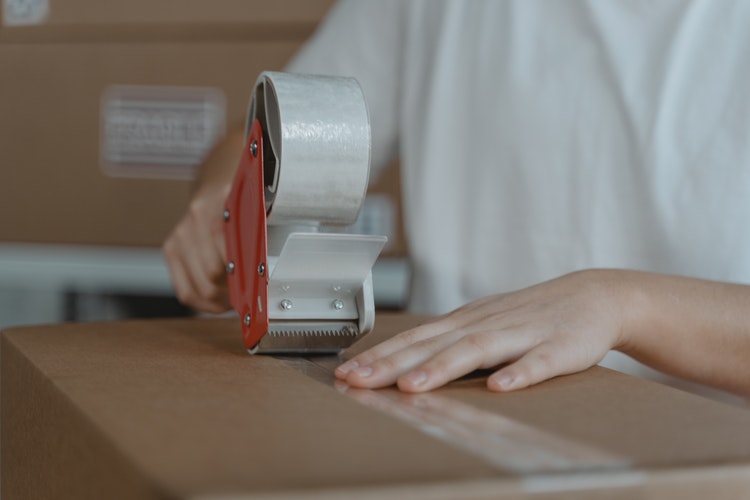
The best tape for moving boxes
You want a tape that is sturdy, sticky, and dependable when it comes to loading boxes for a relocation across town or across the nation. The same can be said about storing your boxes in storage for months or years.
We suggest the Extremely Strong Moving Packaging Tape from Scotch for all of your moving and short-term storage needs. Up to 200 boxes can be nested together with this transparent packaging tape, which securely supports up to 150 kilograms of weight per box and provides a solid grip on a wide range of cardboard surfaces.
Best tape for storage boxes
If you’re preparing to store your stuff for a while, we recommend Scotch Long-Lasting Storage Packaging Tape. It’s more expensive per roll, but it’s designed to keep your boxes closed for years through temperature changes.
The difference?
Both types of tape are often used for packing and moving. The main difference between them is the type of adhesive they use: storage tape uses a stronger acrylic glue that can endure heat and cold for up to ten years, whereas shipping tape utilizes a hotmelt adhesive, which is designed to keep packages secure through the numerous touch points and rough handling.
The difference may not be readily apparent, but you can frequently hear it, as shipping tape crackles loudly when dispensed, whereas acrylic storage tape releases smoothly and quietly from the roll.
Finding out more about your tape alternatives, playing with various types at home before you move, and reading online reviews are all excellent strategies to fine-tune your purchase. The search for the ideal moving tape comprises of three elements:
Adhesion
The term “adhesion” refers to how firmly the tape adheres. Moving boxes, which must transport substantial weights and keep stuff safe for years, require a high degree of stickiness..
- How well does the tape adhere to the materials you’ll need for security?
- Is it simple to reposition?
- Will it withstand heating and humidity extremes in storage?
- Does it have a “release coating” on the tape back that prevents annoying re-bonding of the tape end with the roll.
Strength
The millimeter (or “mil”) thickness of tape and the material used to make its stickiness and backing play a role in how much box weight it can bear. The tensile strength of the tape is determined by how much weight it can support before breaking away.
Examine the packaging tape for superior quality and a tensile strength of 75 kilograms kilograms or more. The most popular packing tapes range between 1.9 and 3.1 millimetres in thickness. If you’re moving anything heavy, you’ll need a thicker tape; if it’s lighter, you may want to use a thinner one.
Ease of use
You don’t want to struggle with your tape or waste time trying to keep it from unravelling or re-bonding with the roll. Look for a transparent packing tape that may be used with a handheld tape dispenser. Packing boxes using a dispenser will save you both time and effort. Have a spare roll and tape gun on hand for your co-packer, as sharing may be time-consuming.
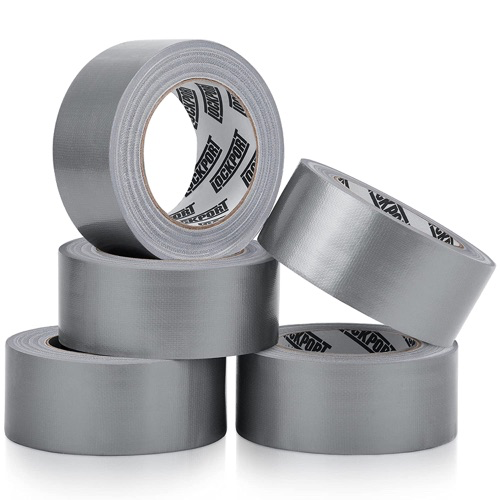
Other types of tape and how to use them
Here’s a list of nine more tape varieties that are good for moving and storage, as well as those that aren’t.
Filament or strapping tape
Filament tape’s fiberglass strands give extra support to boxes and bundles that will be subjected to a lot of movement or heat and cold in storage.
Unistrut is a type of filament tape that’s made out of polyester. It comes in many different weights according to how much weight it can hold, ranging from 200 kilograms for general-purpose usage to 500 kilograms for heavier must-hold scenarios. It’s also offered in a bi-directional design with fibreglass strands crisscrossing.
Gummed paper tape
Water-activated gummed paper tape, unlike pressure-sensitive paper or poly tape, creates a durable, long-lasting connection that can’t be removed without visibly scarring the cardboard container.
Gummed paper tape is so durable that it improves the box’s strength, making it perfect for heavy containers and long-term storage. Because one layer is sufficient, you use less tape. It’s a wonderful option for cartons that will be stored in harsh conditions such as heat, cold, or humidity.
Duct tape
Duct tape is not a good alternative for packing moving boxes. Duct tape’s incredible mix of a sticks-to-everything rubber adhesive and a long-lasting waterproof backing that you can rip with your bare hands has earned it a reputation as the all-year tape.
However, when it comes to packing and moving, duct tape falls short because it does not particularly adhere to cardboard, the sticky adhesive can be messy to unpack in hot weather, and if you remove it after using it, it leaves a residue that must be removed.
Brown paper packaging tape
The well-known self-adhesive brown paper wrapping tape has one distinct advantage over the competition: it may be ripped by hand. Unfortunately, because paper tape isn’t waterproof, this convenience comes at a high price.
Polyester tape is not ideal for long-term storage and should be avoided, as it’s flammable. Light boxes that contain items like bedding (under 50 kilograms) and short moves are best suited to this packaging tape; it’s not recommended for long-term storage.
Masking tape
For extended periods, cardboard boxes are not adequately sealed with masking tape. Masking tape doesn’t excel at keeping anything secure because of its composition and peel-ability. Rather than using it to tape boxes label things with it. It may also be used to wrap loose items inside a box, such as kitchen utensils.
Labeled tape
If it’s your first time moving, you’ll want to know which room the contents of each box came from. Otherwise, you’ll have to move everything twice (or more). SmartMove Tape’s colour-specific poly packaging tape includes room labels, so you can label and seal your boxes in one stroke.
To make things easier, we recommend placing boxes in the same direction as they’ll be stacked at the other end. This way, you’ll know where each box is going no matter which side is viewable when they’re stacked up at the other end.
Craft tape
Washi tape, known as instant colour-coding tape in the industry, is ideal for colour-coding your boxes by room. Even the tiniest of packages will not require decorative, writable, easily movable matte craft or washi tape to seal them, yet it may save you hours on the other side by colour-coding electrical cables, arranging shelf screws and disassembled furniture components, and bringing order to the little-but-important details.
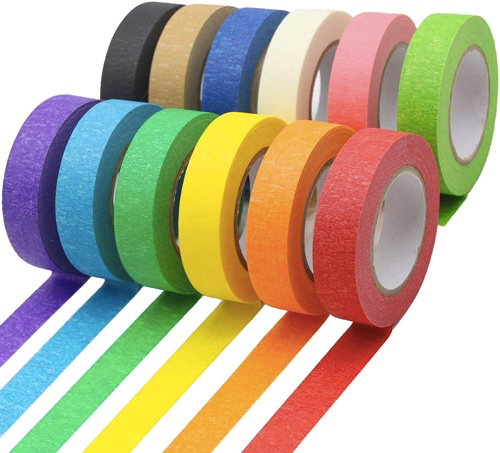
Electrical tape
Electrical tape, often known as insulation tape, is primarily used as an insulator and binder for electrical cords. Vinyl is the ideal tool for installing electronic components or covering tears in power cables because it’s flexible, easy-to-undo and reposition. It isn’t suggested for relocation or storage.
Cellophane tape
The world’s first transparent, lightly-sticky adhesive tape, commonly known as Scotch tape, is employed in homes and businesses across the world for sealing envelopes, gift wrapping, and label making on its matte form. When wrapping delicate objects like pint glasses and mugs, one method is to wrap tissue paper in place of newspaper.
Choosing the right tape for storage
To keep your boxes sealed tightly throughout the duration of your relocation, use a packing tape that is designed for moving or storage. Use a heavy-duty packing tape if you’re moving or storing very large boxes or packing materials for lengthy periods of time. You’ll want a strong adhesive tape with a thickness of 1.9 millimetres (or more).
